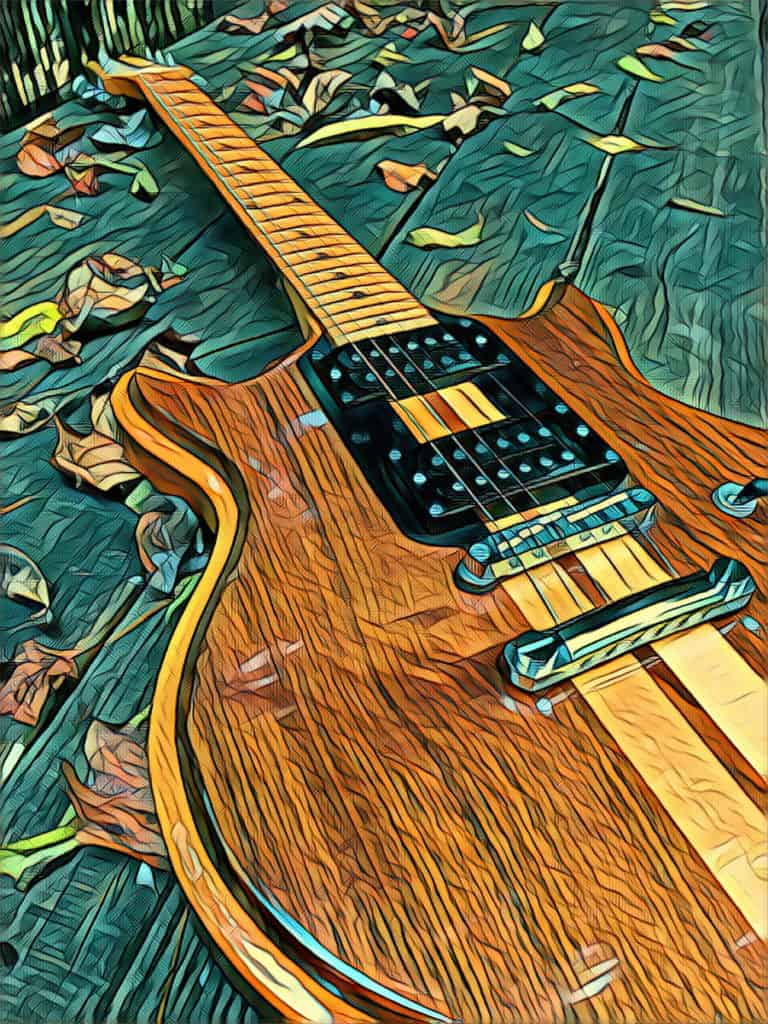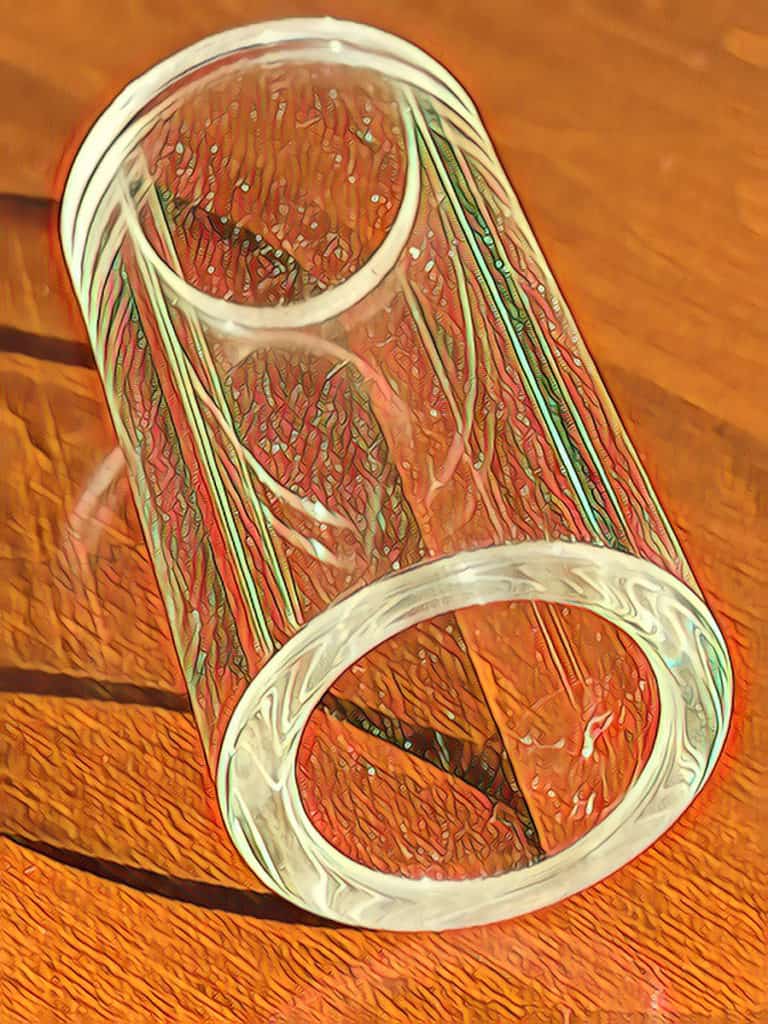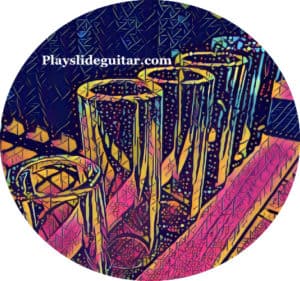As an Amazon Associate Playslideguitar.com earns from qualifying purchases. This page contains affiliate links.
Although both instruments can produce a similar sound, there are differences between a slide guitar and a lap steel that distinctly affect how they are played. Slide guitar and lap steel both evolved considerably in the early 1900s, and have taken different paths in music.
The main difference between a slide guitar and a lap steel is that a slide guitar is usually played with a slide that is hollow, while a lap steel guitar is usually played with a bar. Also, lap steels are generally played on the lap of a player that is sitting down, while slide guitar is usually played upright like a regular guitar.
Taking a deeper look at both instruments is a great way to further understand their differences and similarities, and can be helpful for choosing which instrument to play…
The Physical Differences
When you play slide guitar, you usually use a guitar that is the same as a regular guitar that you use when playing without a slide. However, these guitars are often setup and adjusted to make them easier to play with a slide, which usually involves raising the string height in relation to the fretboard.
Alternatively, lap steel guitars are built and designed to be played on your lap while sitting down. This can give you more control over moving the bar along the fretboard because the instrument is in a stationary position.

Since lap steels will rest on a player’s lap, their bodies are usually designed in a rounded or rectangular shape that is sturdy and efficient. Usually lap steels will have more dense bodies than regular guitars, and will sit comfortably on a player’s lap. The neck of a lap steel is usually built more into the body of the steel guitar, compared to a slide guitar where the neck extends out from the body of the guitar.
Because the neck of a slide guitar isn’t supported by the body as much, it makes more sense to play it upright and use a slide that fits around your finger. This allows you to sustain notes with your slide by pushing down on the strings from inside the slide, and to use your thumb from the same hand to support the back of the guitar’s neck.
When playing a slide guitar in this manner, you’ll usually be sitting down and the guitar’s body will be parallel to your body. Also, you can play it standing up if you’re using a guitar strap to hold the guitar.
Using A Bar or Slide
Most steel guitars, including lap steels, are played using a solid bar (sometimes called a tone bar). These are usually made of metal, and are round and cylindrical. Some bars are cutaway, such as Dunlop’s 928 Tonebar (link to Amazon), meaning that there is an area that is forged out of the bar to make it easier for the fingers to control it while playing.
Slides for slide guitar are usually hollow, which allows them to fit over your finger like a ring. It’d be challenging to use a bar for slide guitar because it would likely fall out of your hands when playing the guitar upright to the ground.

Bars for lap steel are usually heavier than slides for guitar because you don’t have to hold the bar up as you play. Instead, you push down on the strings towards your lap and the ground. Gravity also helps create this downward force for lap steel.
Both bars and slides are capable of producing similar sounds in regards to sustaining notes and creating vibrato. Also, both are made from various materials depending on a player’s tonal preference and the style of music.
Because of their heavier nature, sometimes bars can produce more sustain for notes compared to a slide for guitar. However, both slides and bars can articulate and phrase notes in a similar fashion musically.
Comparing The Sound
Slide guitar and lap steels can have very similar tonalities, however there are certain differences in their sound that are noticeable if you listen closely. Slide guitar can often have a more defined sound because usually lighter gauged strings are used than lap steel, and the slide is usually thinner and weighs less than a lap steel’s bar.
Also, because a slide guitar usually isn’t built as sturdily for lap playing, it will have a more lively and sensitive feel to it when played. Because of this, it can be more challenging to play a slide guitar in tune with good intonation compared to a lap steel. However, both require a disciplined approach to learning playing technique.
Lap steels, with their sturdier bodies and heavier bars, will often produce a thicker and more sustaining tone than slide guitar. However, lap steels can still sound bright and projecting (especially when a metal bar is used), and their tone isn’t necessarily warmer than a slide guitar’s even if it sounds thicker.
Most lap steel players will use a plastic thumb pick and metal finger picks to play notes, which can add more sustain to notes that are played compared to using bare fingers. Most slide guitarists pick with their bare fingers, producing a warmer tone than picks. Using finger picks for lap steel guitar can create a brighter sound than the fingers.
The Pickups
Lap steel guitars usually have pickups with a higher output than guitar. This can add more sustain and duration to notes that are played, especially if a volume pedal is used with it.
Oftentimes, these hotter pickups are specially designed for steel guitars. Slide guitars, on the other hand, will usually utilize a normal guitar pickup.
Slide guitars and lap steels both use single coil or double humbucker types, depending on a player’s sound preferences and what pickups the guitar already has built into it.
Conclusion
Both instruments are played in a wide variety of musical styles. Lap steel enjoyed increased popularity in early Hawaiian music, and country music, while slide guitar is often associated with early blues music.
Today, both the slide guitar and lap steel have found a home in many forms of music, and new players are picking up both instruments. Compared to pedal steels, lap steels are still manufactured on a larger basis and finding an affordable one to begin learning on is much easier. Check out Recording King’s Sunburst RG-32-SN (link to Amazon), if you’re looking for this kind of option.
To play slide guitar, you can often use any guitar, as long as the action of the strings is set right so that they don’t bottom out on the fretboard when pressure is applied to the strings with the slide.
Whether you decide to play slide guitar or lap steel, both are great for sliding into notes, sustaining them, creating vibrato, and articulating notes in a way that mimics the human voice. Better yet, both are great for catching a listener’s attention and creating remarkable musical expressions.
Check out the recommended gear page for slide guitar accessories and more…
